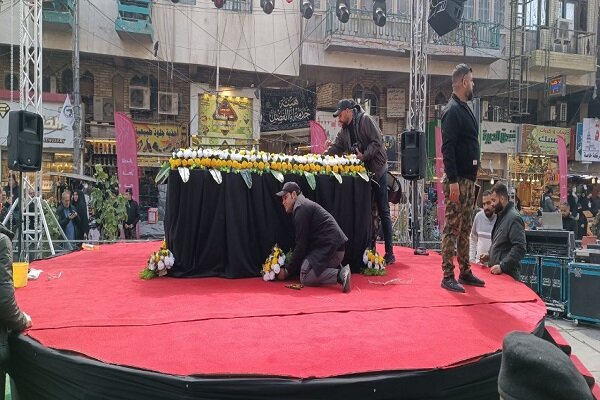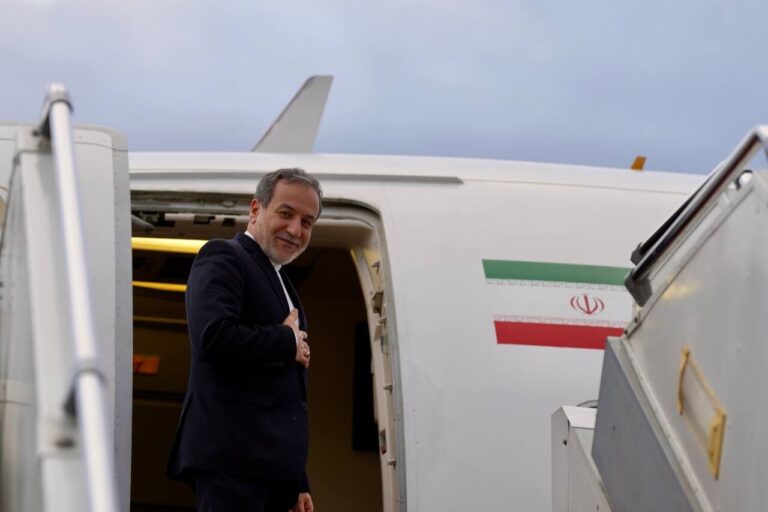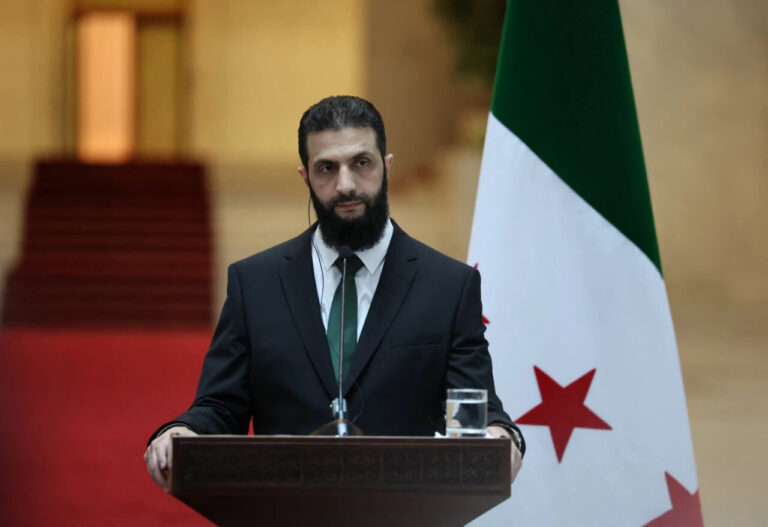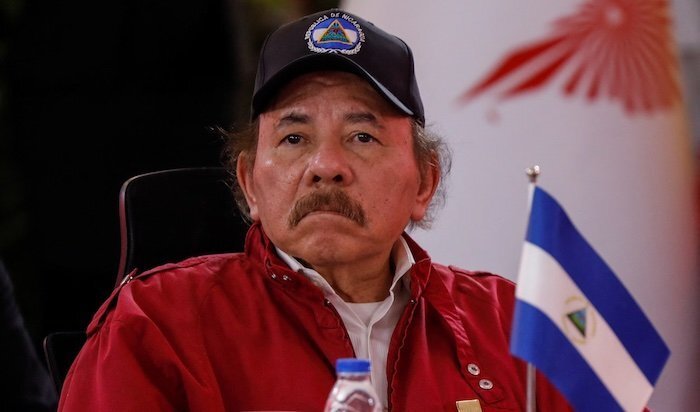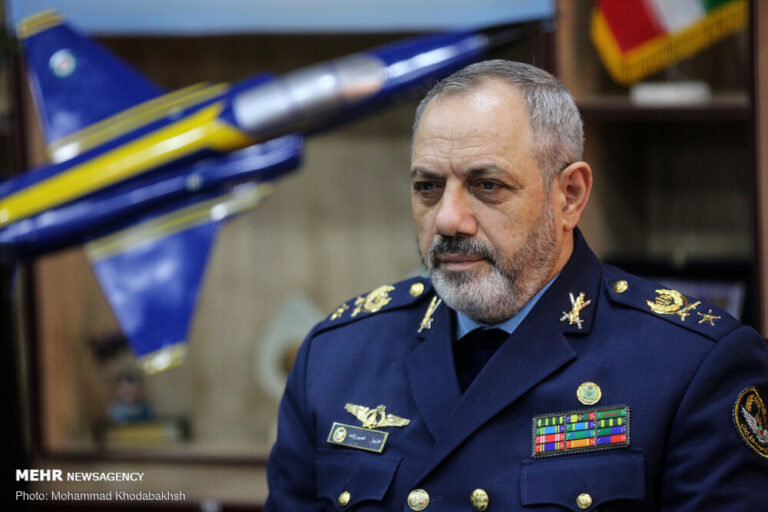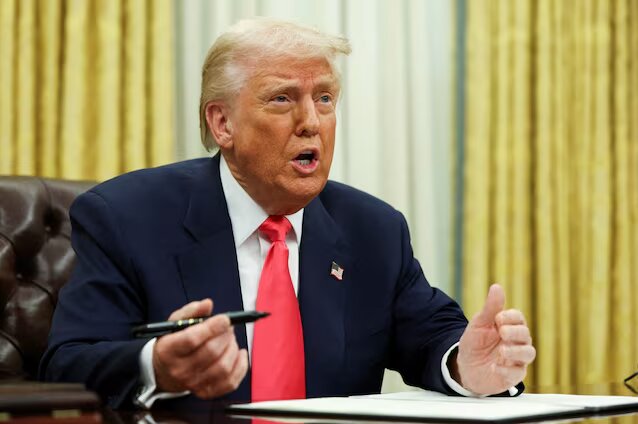Nasrallah’s Symbolic Funeral: A Powerful Moment Echoing Through Iraq
In a significant and poignant moment, a symbolic funeral was conducted for Sayyed Hassan Nasrallah in Kadhimiya, Iraq, on Sunday, February 23. This event has drawn considerable attention, reflecting the deep connections and sentiments surrounding his legacy.
The funeral took place in a location renowned for its historical and religious significance, Kadhimiya, which is home to the revered shrines of Imam Muhammad al-Jawad and Imam Ali al-Hadi. The gathering attracted a large number of attendees, demonstrating the profound impact Nasrallah has had on the region.
As the day unfolded, various aspects of the funeral highlighted the emotional weight of the occasion:
- Attendance: Thousands of supporters and admirers came together to pay their respects, showcasing the widespread admiration for Nasrallah’s contributions.
- Symbolic Actions: Attendees engaged in various symbolic gestures, including the carrying of banners and chanting slogans that celebrated Nasrallah’s life and achievements.
- Speeches: Several notable figures delivered speeches, reflecting on Nasrallah’s influence and the legacy he leaves behind.
- Religious Rites: Traditional religious rites were observed, infusing the ceremony with spiritual significance.
The symbolic funeral served not only as a tribute to Sayyed Hassan Nasrallah but also as a manifestation of the solidarity among his supporters. The atmosphere was charged with emotion, as many reflected on the values and principles that Nasrallah stood for during his lifetime.
Attendees shared their memories and stories, emphasizing how Nasrallah’s leadership had shaped their perspectives and actions. His role in regional politics and his advocacy for resistance against oppression resonated deeply within the community.
Throughout the ceremony, there was a notable sense of unity among participants, as they collectively honored the legacy of a leader who had become a symbol of hope and resilience for many. The gathering served as a reminder of the enduring influence of his work and the ideals he championed.
In a place as historically rich as Kadhimiya, the funeral took on additional significance. The shrine’s presence served as a backdrop for the commemorative events, reinforcing the intertwining of spiritual devotion and political activism in the region.
Moreover, the impact of Nasrallah’s leadership extended beyond mere political affiliations; it fostered a sense of identity and purpose among his followers. Many attendees expressed their determination to continue his work and uphold the principles he advocated.
In the days leading up to the funeral, social media platforms buzzed with discussions about Nasrallah’s life and his contributions to the region’s socio-political landscape. Supporters shared quotes, photos, and videos, creating a digital memorial that complemented the physical gathering in Kadhimiya.
The symbolic funeral for Sayyed Hassan Nasrallah was not just an event; it was a moment of reflection for many. It encapsulated a collective mourning while also celebrating a leader whose influence transcended borders and ideologies.
In conclusion, the symbolic funeral held in Kadhimiya stands as a testament to the legacy of Sayyed Hassan Nasrallah. It was a powerful reminder of how one individual can inspire a movement and unite people under a common cause. His memory will undoubtedly continue to resonate within the hearts of his supporters, guiding them in their future endeavors.
As the community reflects on this significant event, the lessons and inspirations drawn from Nasrallah’s life will likely shape the actions and aspirations of many in the years to come.
